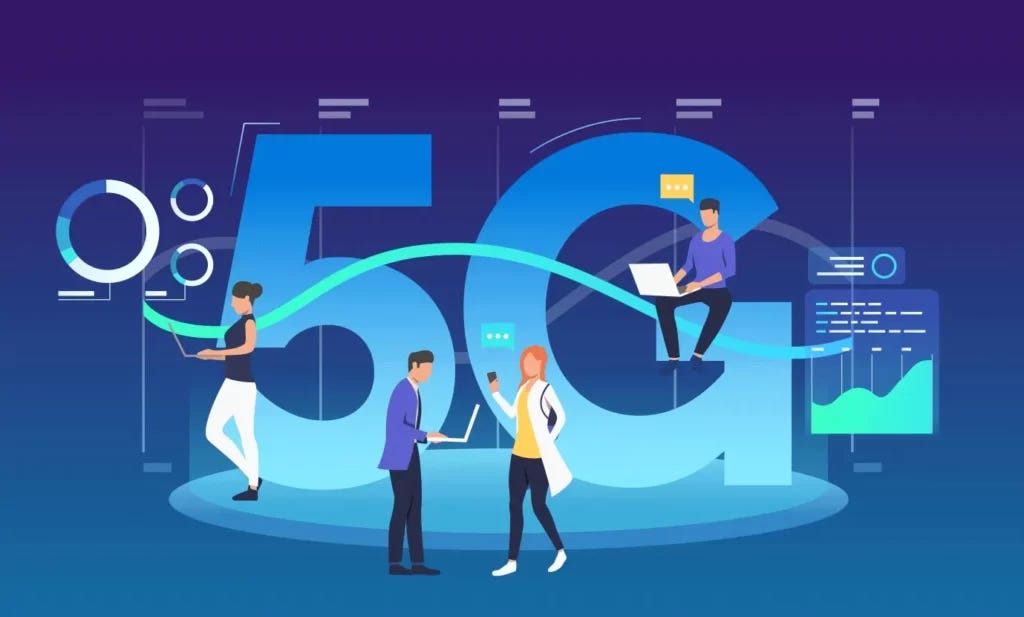Introduction
The world of connectivity has experienced significant advancements in recent years, and one of the most groundbreaking developments has been the evolution of 5G networks. As the fifth generation of mobile networks, 5G promises to revolutionize the way we connect, communicate, and experience the digital world. With faster speeds, lower latency, and enhanced capacity, 5G is paving the way for a wide range of transformative applications and services that were once considered futuristic dreams.
Understanding 5G Technology
5G, short for fifth-generation, is the latest standard in mobile communication technology, succeeding 4G LTE. While 4G brought about a notable improvement in data speeds and mobile capabilities, 5G takes it to an entirely new level. The fundamental differences between 4G and 5G lie in the technology that powers them.
Faster Speeds and Lower Latency
The most prominent feature of 5G is its ability to offer blazing-fast data speeds. While 4G LTE can achieve maximum download speeds of around 100 Mbps, 5G can reach up to 10 Gbps and beyond. This remarkable improvement in speed means that large files can be downloaded in mere seconds, and high-definition videos can be streamed without any buffering delays.
Latency, which refers to the delay between sending and receiving data, is significantly reduced in 5G compared to 4G. 5G’s lower latency, around 1ms or less, makes it highly suitable for real-time applications like online gaming, remote surgery, and autonomous vehicles, where even a small delay can have significant consequences.
Enhanced Capacity and Connectivity
As our world becomes increasingly interconnected, the demand for data capacity is growing exponentially. 5G addresses this demand by providing a higher capacity for data traffic. With a more extensive range of frequencies and the use of advanced technologies like Massive MIMO (Multiple Input, Multiple Output), 5G networks can support a vast number of connected devices simultaneously.
This enhanced capacity is vital for the continued growth of the Internet of Things (IoT), where billions of devices will be connected, ranging from smart home appliances to industrial sensors and healthcare devices. 5G’s ability to handle a massive number of connections without sacrificing performance opens up countless possibilities for innovative applications and services.
The Impact on Various Industries
The arrival of 5G is not only a boon for smartphone users; it has the potential to transform industries across the board.
Healthcare
In the healthcare sector, 5G enables telemedicine to reach new heights. Doctors can remotely perform surgeries with unparalleled precision, thanks to low latency and high data speeds. Additionally, patient monitoring becomes seamless with a plethora of connected devices that can provide real-time health data, improving diagnosis and treatment.
Transportation
5G plays a crucial role in advancing autonomous vehicles and smart transportation systems. Cars can communicate with each other and the surrounding infrastructure in real-time, leading to safer and more efficient roadways. Traffic management can be optimized, reducing congestion and carbon emissions.
Entertainment and Gaming
For entertainment enthusiasts, 5G brings immersive experiences to life. Virtual Reality (VR) and Augmented Reality (AR) applications can be seamlessly streamed, allowing users to explore virtual worlds and interact with digital elements in the real world like never before. Online gaming becomes more responsive and enjoyable with ultra-low latency, creating an entirely new level of multiplayer experiences.
Manufacturing
In the manufacturing industry, 5G facilitates the implementation of Industry 4.0. Smart factories can utilize connected sensors and robots to optimize production processes, reduce downtime, and enhance overall efficiency. The ability to analyze real-time data allows manufacturers to make informed decisions and react swiftly to changes in the production line.
Challenges and Future Prospects
While 5G networks offer remarkable potential, they also come with challenges. The implementation of 5G infrastructure requires substantial investment, and the deployment in rural and remote areas might take time. Additionally, concerns related to cybersecurity and data privacy require careful attention.
Looking ahead, the future of 5G remains promising. As the technology continues to mature, we can expect even faster speeds, improved coverage, and greater reliability. Moreover, the integration of 5G with other emerging technologies like Artificial Intelligence (AI) and Edge Computing will lead to groundbreaking innovations and further expand the horizons of connectivity.
Conclusion
The evolution of 5G networks marks a significant milestone in the history of connectivity. With its unprecedented speed, low latency, and enhanced capacity, 5G opens doors to a plethora of opportunities across various industries. From revolutionizing healthcare and transportation to transforming entertainment and manufacturing, 5G is set to shape the future of how we live, work, and communicate. As the global rollout of 5G networks continues, we are on the brink of a new era, where connectivity will empower us like never before.






More Stories
What is Best Available Technology?
How to Avoid Mobile Addiction
Internet Brands